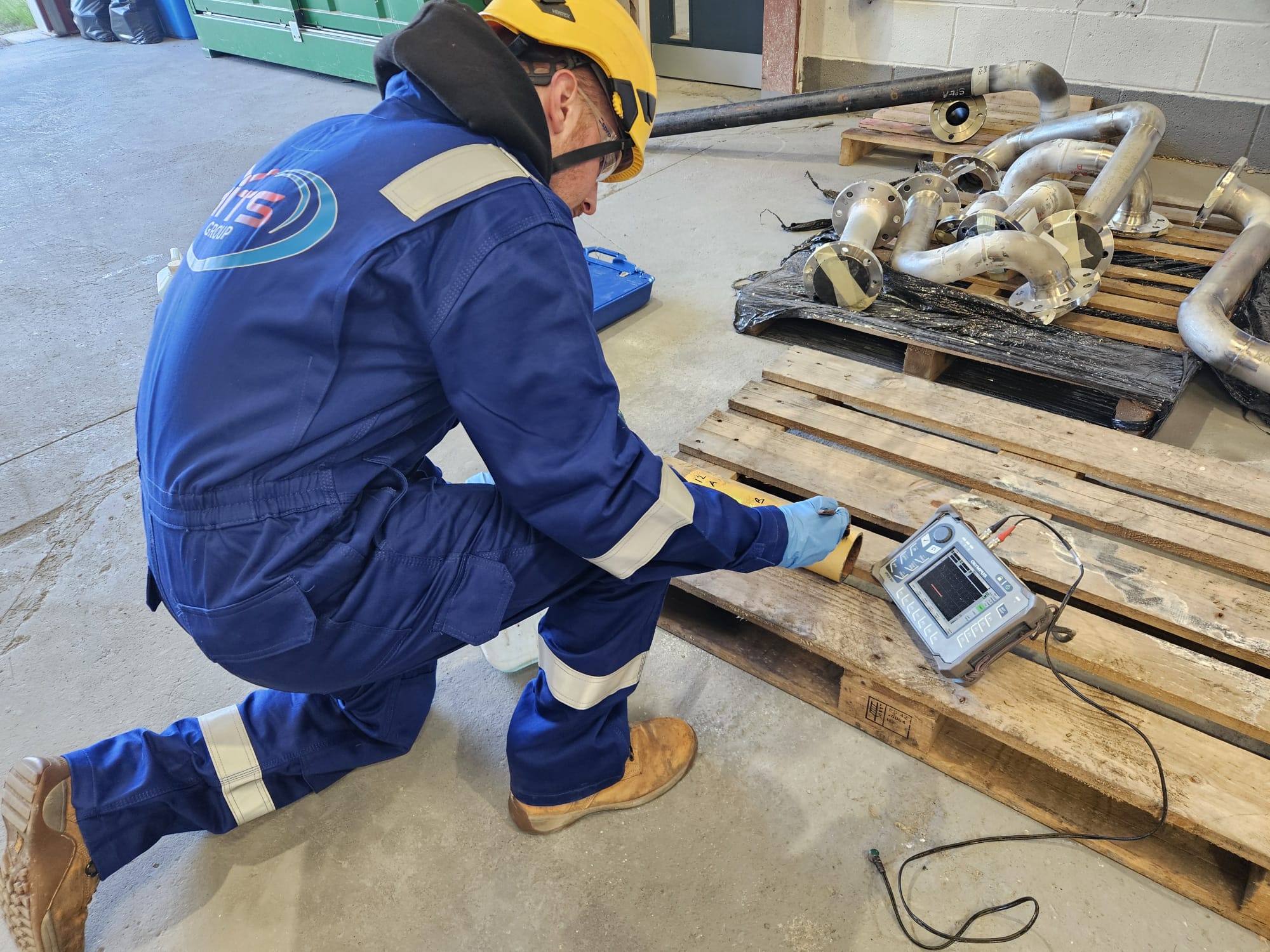In today’s industrial environment, it’s not enough simply to spot the fault and move on. What really makes the difference is using inspection as a tool to stop the fault before it becomes a failure.
Non-destructive testing (NDT) is a method of inspecting materials, components or structures without altering their integrity or taking them out of service. We’re looking for signs of degradation, cracks, corrosion, wall-thinning, while the asset remains in place. By inspecting without damage, NDT provides the basis for maintaining asset integrity, safety and reliability.
Yet, while many organisations treat inspection as a periodic compliance exercise, the real value of NDT emerges when it is applied proactively, not simply to detect faults, but to prevent them. When inspection is triggered only after degradation has progressed, the cost, risk and operational disruption of failure are already elevated. By contrast, a proactive NDT strategy empowers asset owners to forecast deterioration, intervene early and manage risk.

With two of the largest testing bays in the North East, we are equipped to accommodate large or complex assets with minimal disruption to operations. Our infrastructure allows inspection windows to be scheduled on the client’s terms. In addition, we recognise that even the best preventive programmes cannot eliminate every risk: when urgent issues arise, our rapid-response capability ensures that inspection and reporting are delivered at pace, enabling timely mitigation.
A forward-looking NDT approach involves more than simply a pass/fail tick box exercise. It requires selecting the appropriate technique for the asset and degradation mechanism, obtaining quantitative data, monitoring trends and integrating the findings into maintenance and integrity strategies.
For organisations seeking to move inspection beyond box-ticking, and embed NDT into their asset-integrity strategy, MITS Group offers the capability, infrastructure and expertise to help make that transition.

